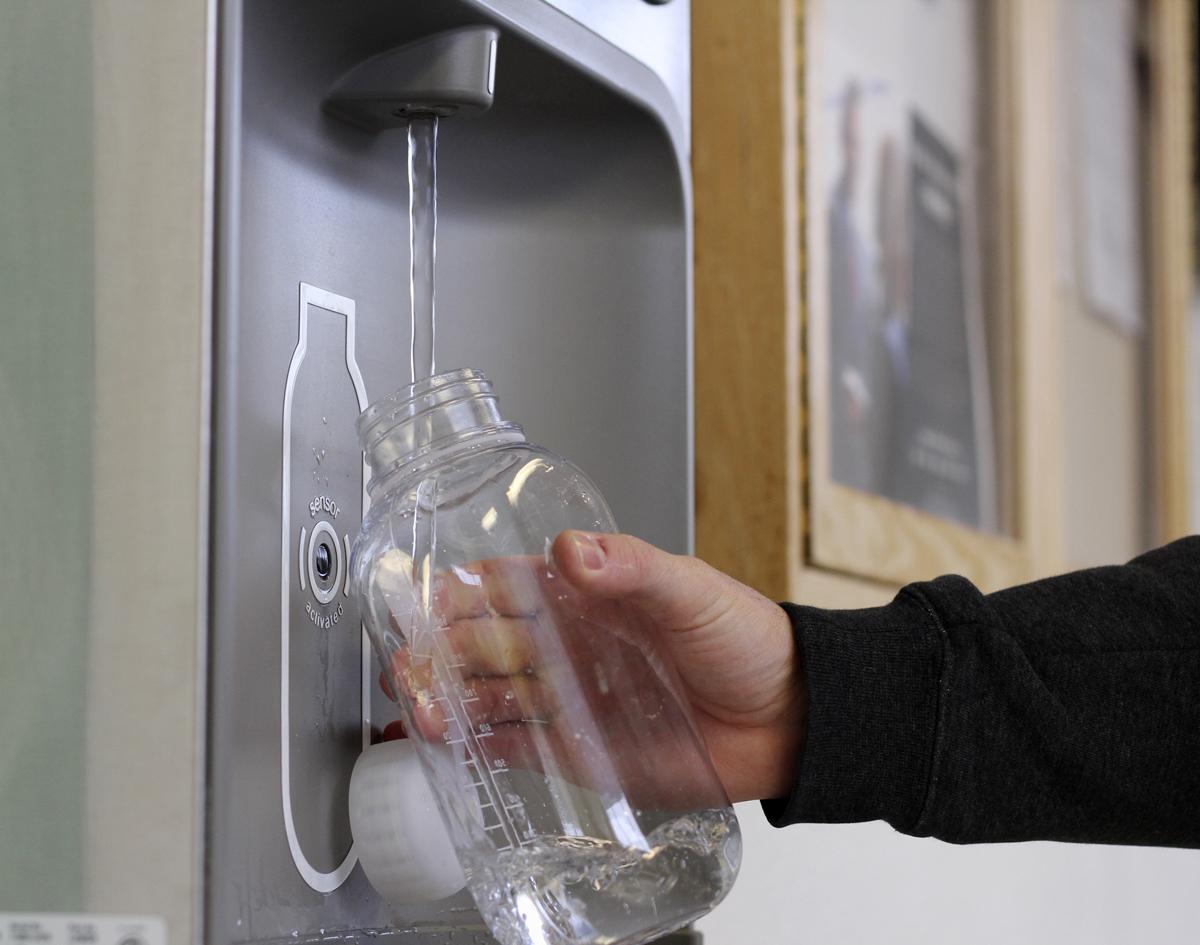Logan City increases water rates starting in May and July
Water rates will increase by 35 percent for Utah State University starting July 1, after the Logan City Council voted earlier this month to increase the city’s water rates. The council said the reason for the decision was to improve infrastructure and keep up with consumption.
The increased rates will go into effect May 1 for residential areas, while the change will be implemented for commercial and multi-family zones — which include off-campus student housing — in July along with USU. The delayed start date for these areas is to allow businesses, landlords and USU planning time for review and fiscal year coordination.
In March, city public works director Mark Nielsen and water division manager Paul Lindhardt proposed a 35 percent increase this year with a 3 percent increase each year after. The increased rate will cover the cost of pipeline replacement, fire flow projects, a new tank and various other projects.
Lindhardt said the department has met with large commercial users, including the university, to discuss the plan.
Council member Amy Anderson suggested sending out notifications about the increase with an explanation of why the decision is being made.
“I’d love to think everybody pays attention to what the council does, but I’m aware that very few people do,” Anderson said.
In the public hearing, citizen Mike Paulsin recounted his past experience with increased water rates and decreased demand for water.
“We lived in a community once before where rates went up a lot and demand went down a lot,” he said. “We saw the natural impacts on the neighborhood in terms of some more brown lawns that weren’t as pretty as everyone would like them to be, but that’s less important than the question I have to ask: What’s the assumption for decreased demand?”
The council responded that they are anticipating more conservation with the increased rates and that a 2 percent population growth should make up for it.
“We want to be responsible citizens today so when our children and our grandchildren live here, they have water,” said council member Jeannie Simmonds.
The last water rate increase in Logan took place in 2016 to keep up with inflation. Rates last increased before that in 2012.
Ben Jarvis, chair of the Storm, Water and Waste Water Advisory Board, stated in a letter written to the council, “It is understood that although rate increases are unpopular, they are also necessary for the continuation of quality culinary water services. These services directly affect the health of current citizens and allow for the continued growth of the community in a safe and responsible manner.”
Simmonds added that five years ago, the state legislature required that the largest water districts develop plans for wide water infrastructure replacement. “There’s going to come a time when every singly city in this state is going to have to do the same thing,” she said.
Council member Herm Olsen acknowledged that low income households will be affected by the rate increase, saying, “It’s a serious issue to increase rates for any purpose. I don’t think we undertake this lightly. It’s a big jump and it will have a large impact, but unfortunately I think we’re in a position where we do not have a good alternative choice and it needs to occur.”
naomiyokoward@aggiemail.usu.edu
@naomiyokoward

